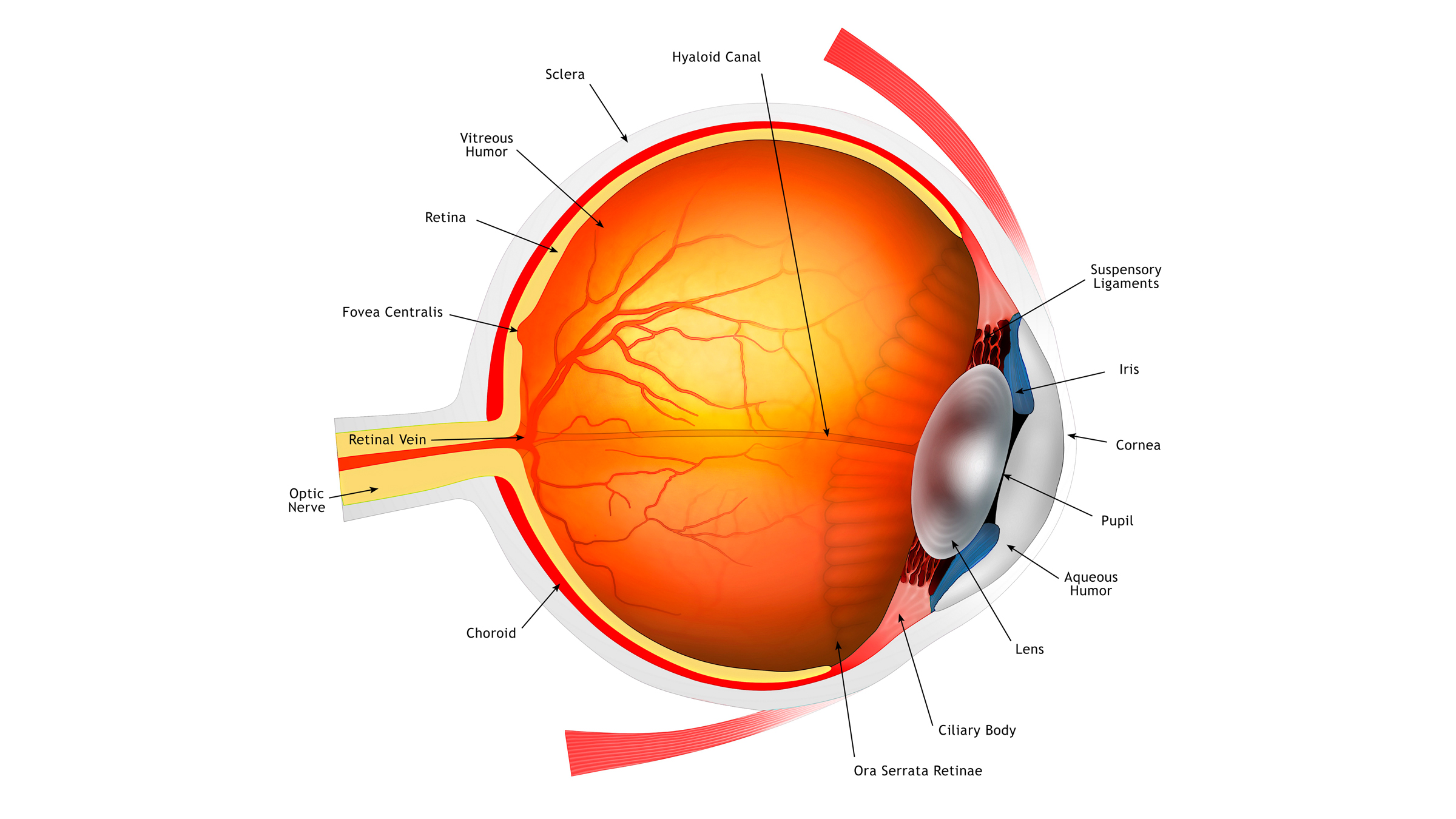Types of Eye Disease

Nature has many ways of making it hard for people to see. Here are eye disease prevalence numbers in adults 40 years and older in the United States, based on data from 2000:
Cataract (20.5 million)—a clouding of the eye’s usually clear lens and is the leading cause of blindness in the world.
Age-related macular degeneration (1.8 million)— a disease that damages the eye’s macula, located in the center of the retina, causing a loss of sharp, central vision needed for tasks like reading and driving.
Glaucoma (2.2 million)—a disease that gradually damages the optic nerve that carries visual signals from the eye to the brain. As much as half of all people with glaucoma are unaware they have it because only after a significant amount of nerve damage does a person loses vision.
Retinal diseases (diabetic retinopathy and retinitis pigmentosa)—a group of hereditary disorders in which the rod and cone cells in the retina deteriorate causing impaired or loss of vision.
- Diabetic retinopathy (4.1 million)
- Retinitis pigmentosa (50,000 to 100,000)
Source: National Eye Institute/NIH
Sign up for the Live Science daily newsletter now
Get the world’s most fascinating discoveries delivered straight to your inbox.
Flu: Facts about seasonal influenza and bird flu
What is hantavirus? The rare but deadly respiratory illness spread by rodents










